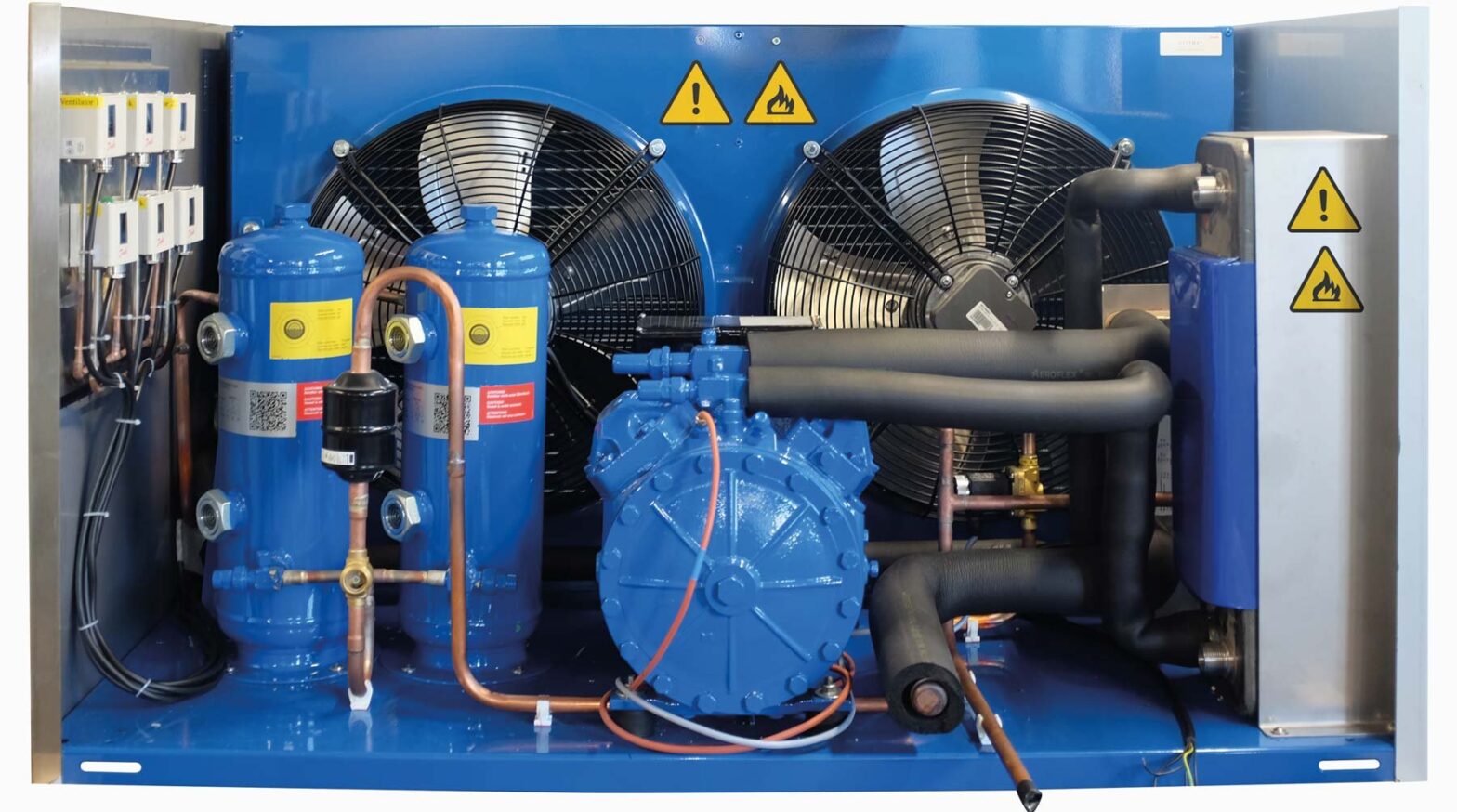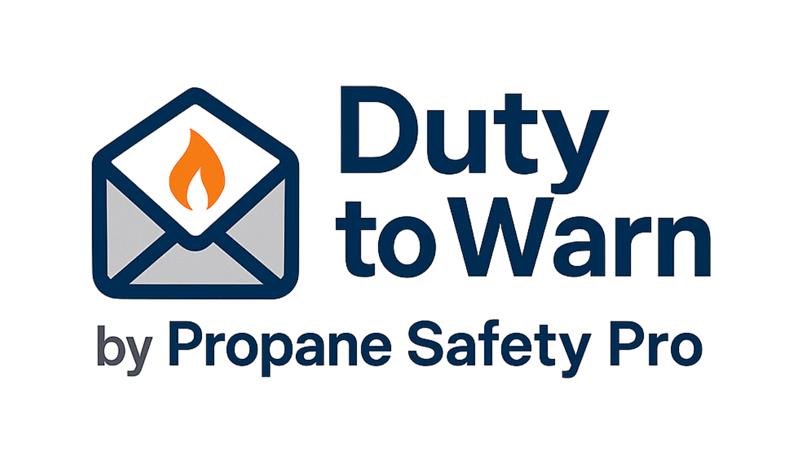BESA Publishes New Guide on Propane in Cooling Systems

The Building Engineering Services Association (BESA) has released a new technical bulletin, TB57, aimed at enhancing the safety and management of flammable refrigerants like R290 (propane) in heating and cooling systems. This initiative comes in response to the increasing use of low global warming potential (GWP) gases, driven by a surge in demand for environmentally friendly refrigerants.
R290, known for its low GWP but higher flammability, poses unique challenges and opportunities in refrigeration and air conditioning (RACHP) systems. Unlike other refrigerants, R290 is not currently regulated under the UK’s F-Gas Regulations, allowing more flexibility in its adoption.
BESA’s guidance addresses the crucial safety risks associated with the use of propane in RACHP systems. It provides key insights into the effective use of this gas, emphasizing the need for rigorous safety protocols due to its flammability. For example, R290 can be ignited by static electricity due to its classification as an A3 gas, which indicates a high level of flammability.
The bulletin also coincides with this year’s World Refrigeration Day campaign, underscoring the significance of refrigeration expertise in sustainable heating and cooling technologies. Moreover, with recent amendments to the EU F-Gas Regulations, there is an expectation that propane will play a growing role in the market, particularly for smaller systems due to its environmental benefits.
In terms of technical considerations, the bulletin highlights R290’s high heat transfer rates and low pressure ratios, which contribute to reduced leakage risks. BESA underscores the importance of comprehensive training for engineers, focusing on the specific challenges and risks associated with handling flammable gases like propane.
For effective management, the guide recommends thorough risk assessments and adequate ventilation around R290 systems to mitigate ignition risks. It also advises on retrofit considerations, suggesting a minimum distance of 1.5 meters from electrical equipment to prevent accidents in case of leaks.
Keegan Farrelly, a technical engineer at BESA, emphasized the importance of understanding R290’s properties. He noted, “Managing its flammable properties effectively is crucial for safety. Our guidance is designed to equip engineers with the knowledge to handle these challenges confidently.”
Benefits for Propane Businesses
This new BESA bulletin not only promotes safer practices but also positions propane as a viable alternative for future refrigeration needs amidst stricter environmental regulations. For propane businesses, this represents an opportunity to expand their markets as the demand for sustainable refrigerant solutions grows. By aligning with these safety standards, propane suppliers can enhance their offerings and support the industry’s transition towards more environmentally friendly alternatives, potentially leading to increased sales and partnerships with engineering firms and equipment manufacturers.














